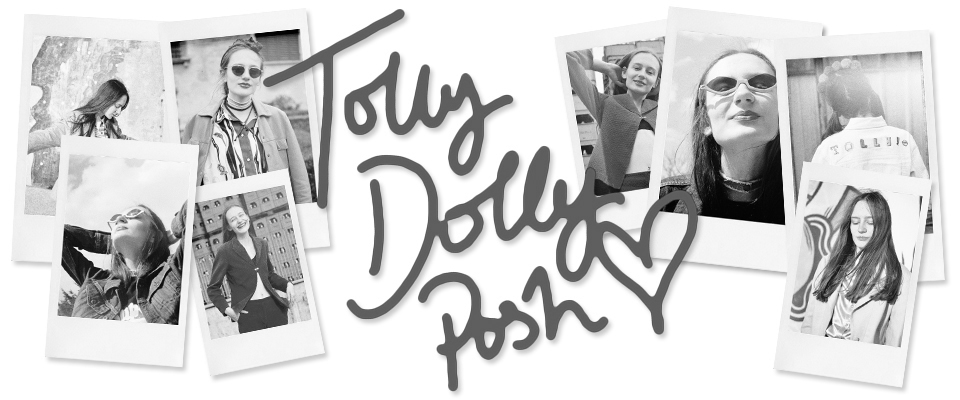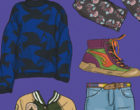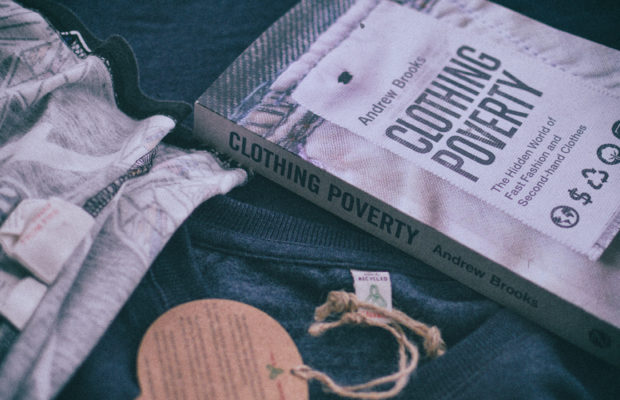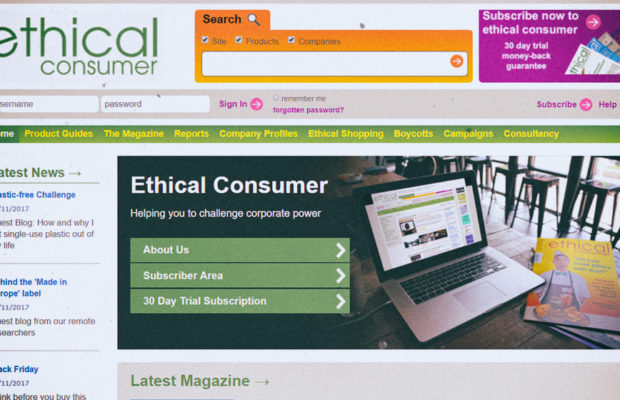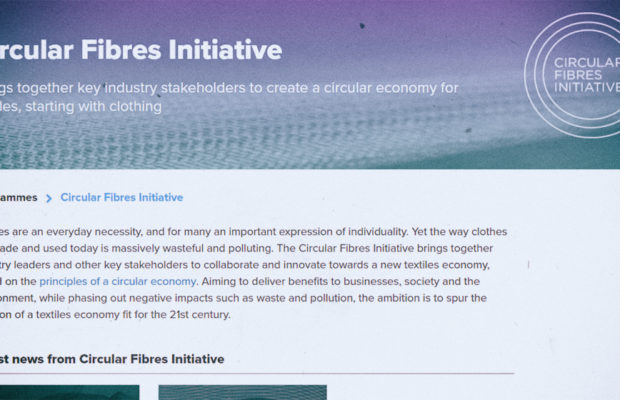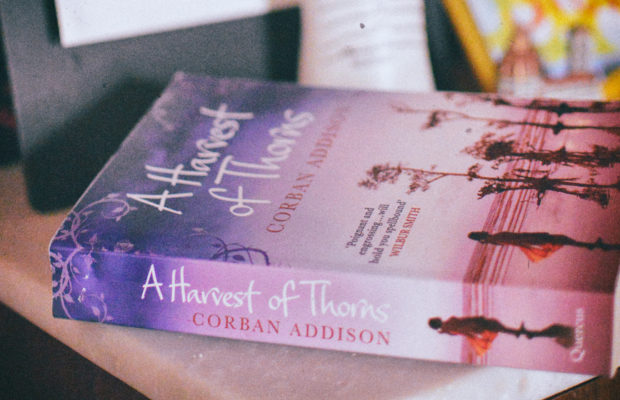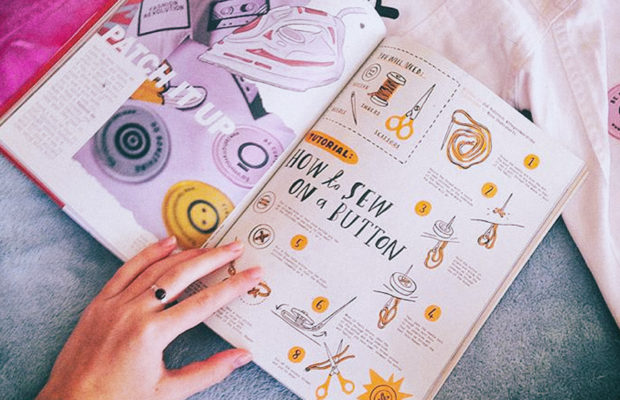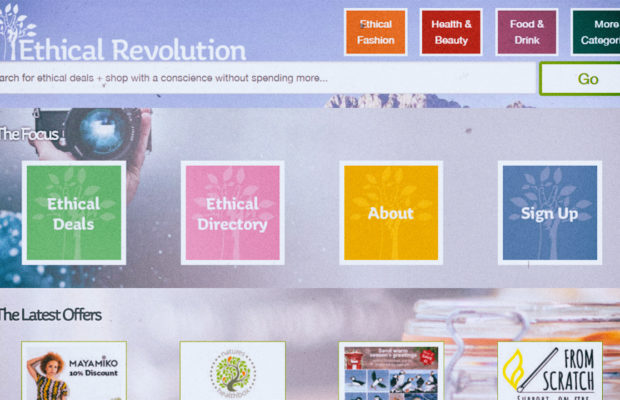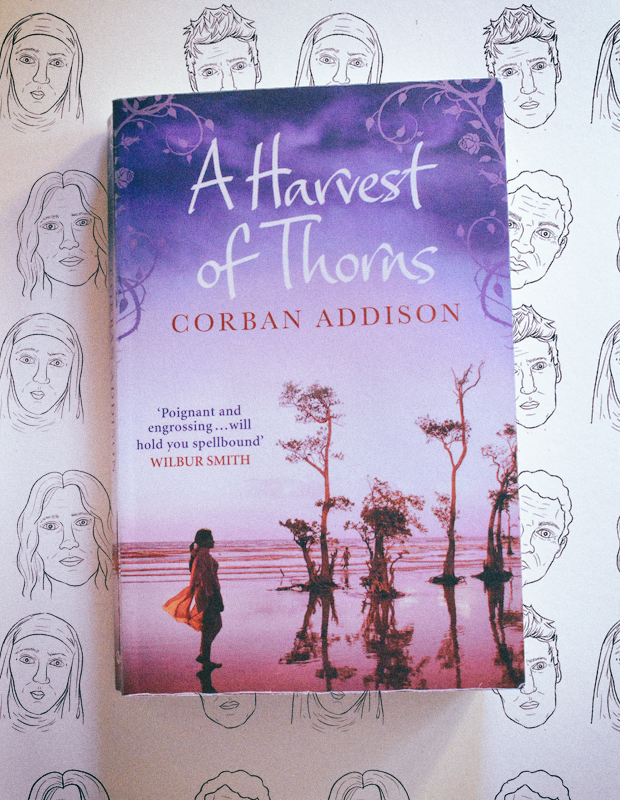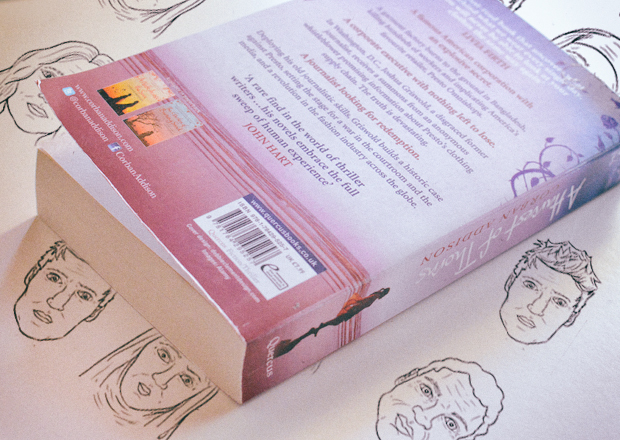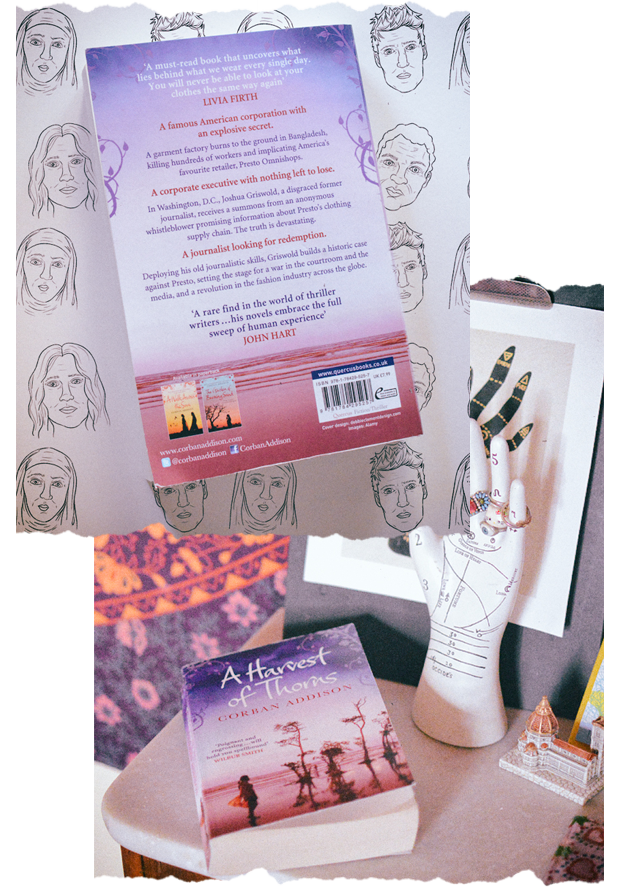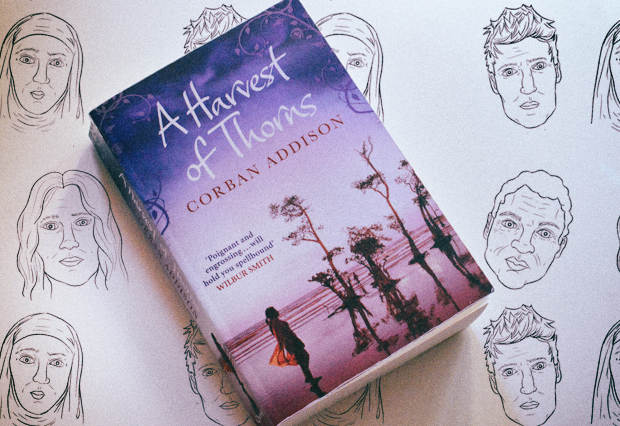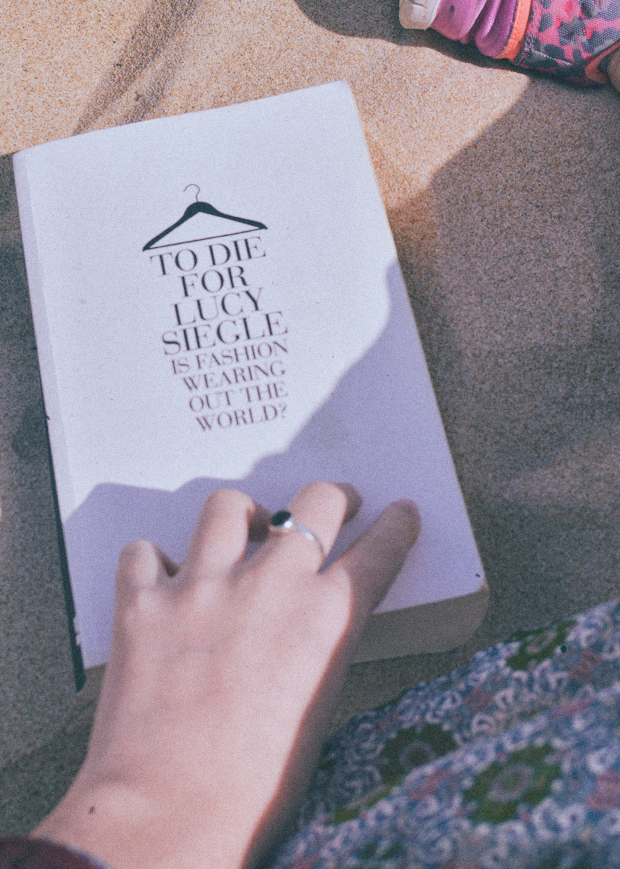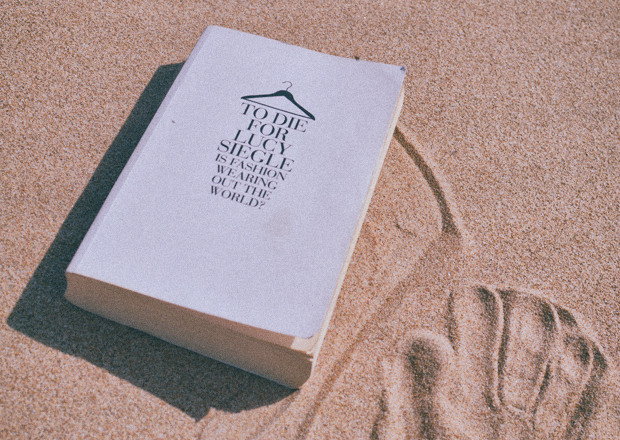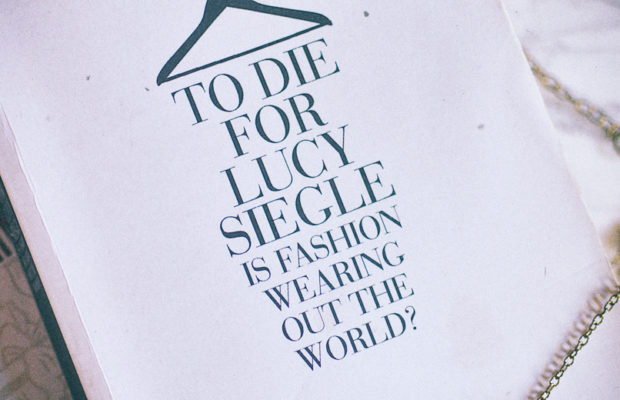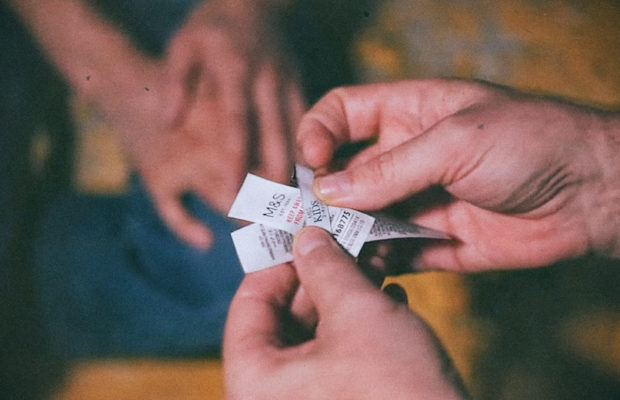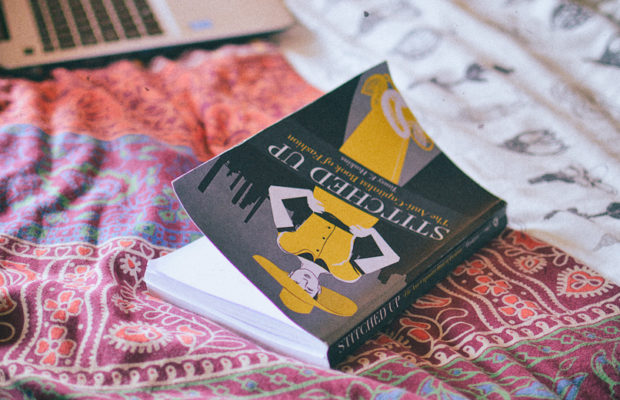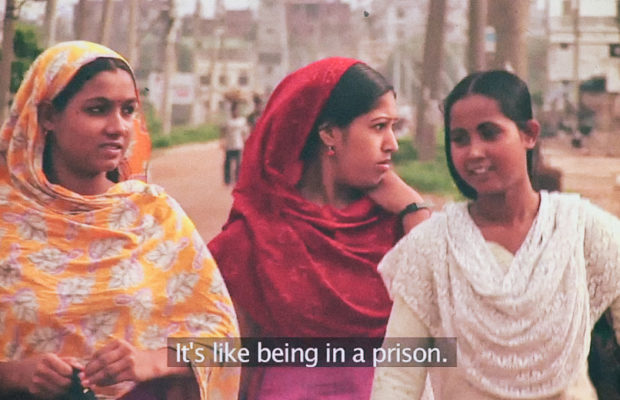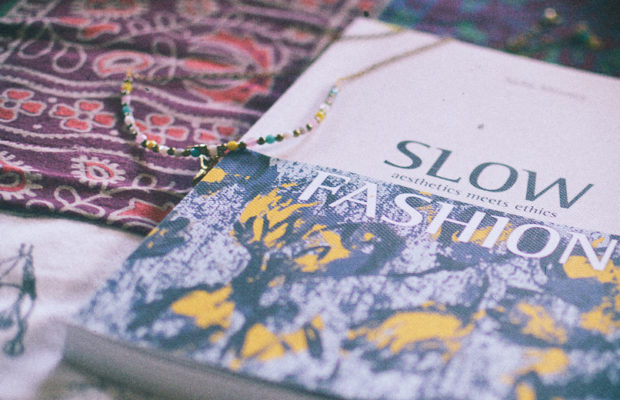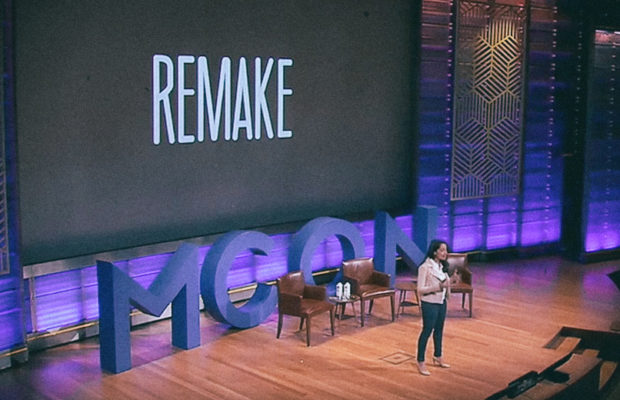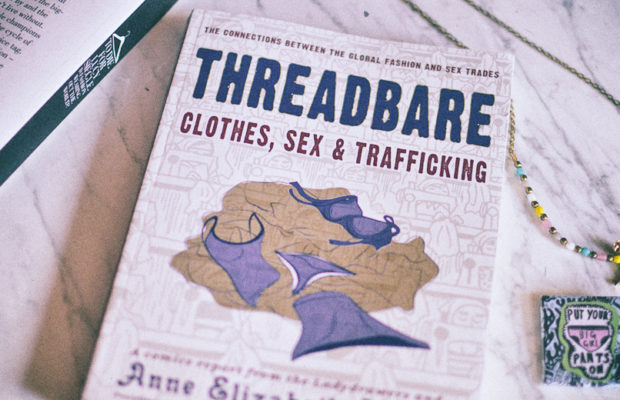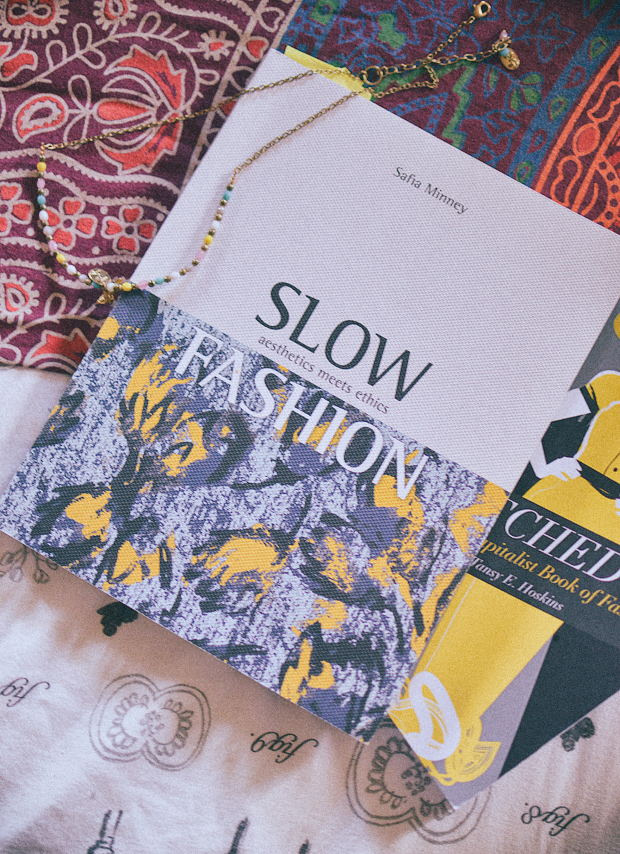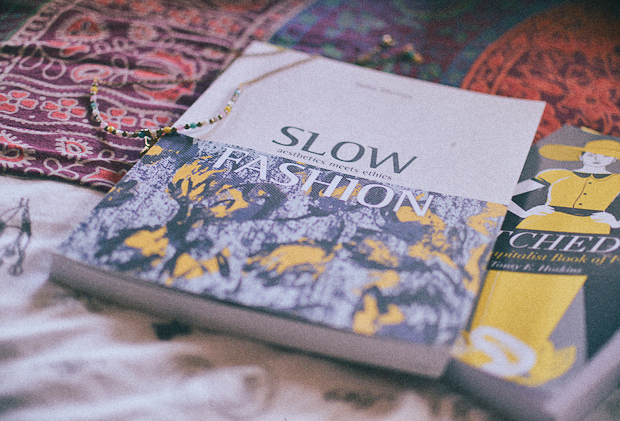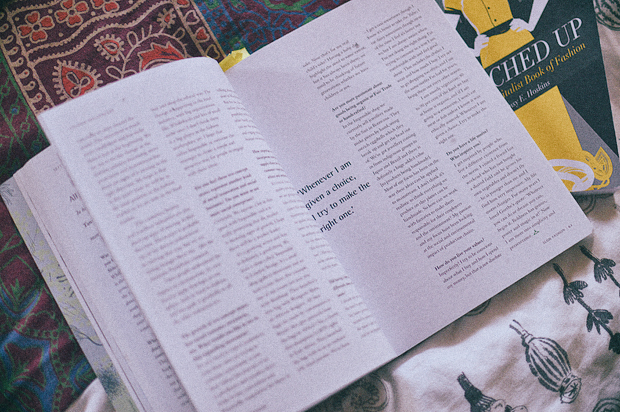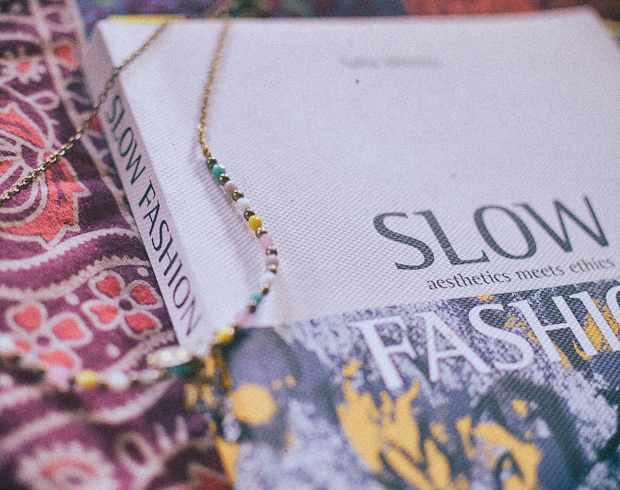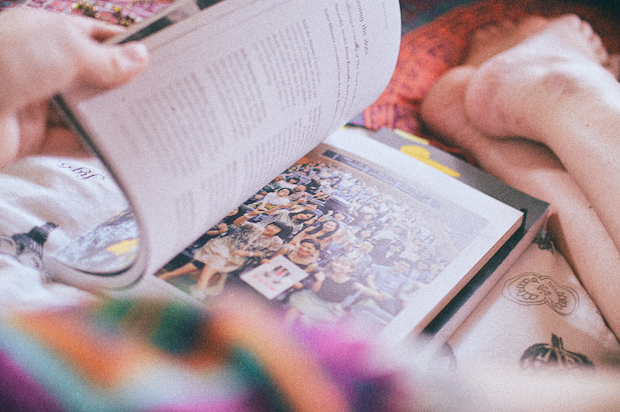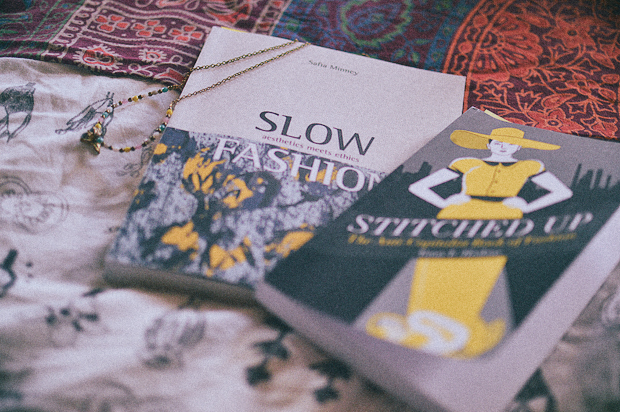If you follow me on Instagram or Twitter you may already be aware that one of the latest books on my reading list has been Cradle to Cradle: Re-Making the Way We Make Things. Now that I’ve completed it, I’ve decided to round it up in the form of a review, to add to the growing collection you can find on my blog.
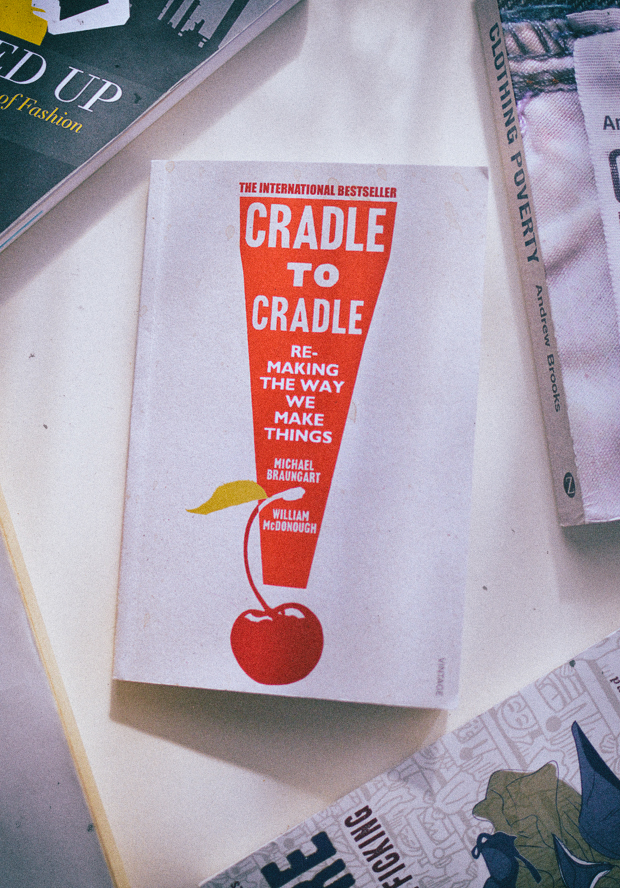
Cradle to Cradle: Re-Making the Way We Make Things
So, what is Cradle to Cradle?
For those of you who aren’t already familiar with the phrase and are reading it as something related to sleep-training for babies rather than something related to sustainability, let me clear it up for you.
Cradle to Cradle is the concept of giving an item or a product an endless life cycle, going from one new idea and concept to the next new idea and concept, continuously. As the book suggests, we live in a time where for the most part, almost everything we own is designed and produced within a “Cradle to Grave” framework or is only being used for a finite period of time.
The phrase is often used in conjunction with the term ‘circular’ which implies exactly what it says on the tin – a circularly produced product is one which is designed to go in and out of a new lifecycle.
A very basic example of this is the idea of a plastic bottle being used and recycled in order to produce another, new, plastic bottle. In theory, the original plastic bottle is recycled and reproduced continuously without ever having to dispose of the original materials, which when it comes to plastic is essentially impossible to do without consequences.
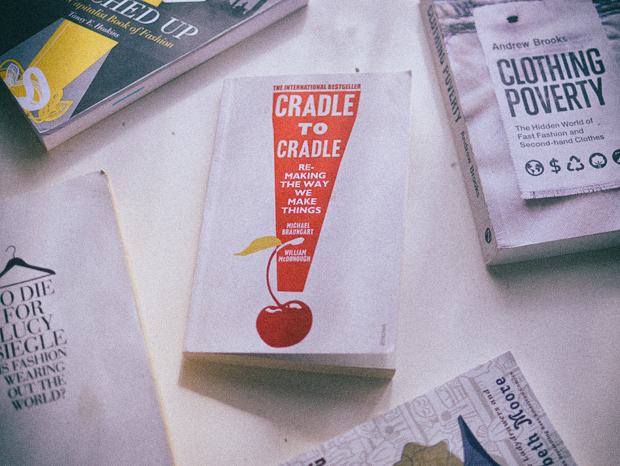
The book doesn’t specifically focus on one industry or one aspect of the Cradle to Cradle formula; on one page you’ll learn about the production of recycled paper and how it isn’t necessarily the most eco-friendly option and on the next, you’ll be mulling over sustainably produced carpeting.
But that doesn’t mean that Cradle to Cradle can’t be applied to fashion or our clothing, in fact, soon on my blog, I will be discovering G-STAR RAW’S most sustainable denim ever (check back in the near future). The denim is Cradle to Cradle certified meaning it is 98% recyclable and can be turned into something new once the wearer is ready to pass it on (which for me, could quite possibly be in decades).
I actually appreciated the fact that the book didn’t solely focus on one certain industry though because often when it comes to sustainability and ethics, a lot of knowledge and information can be applied to other sectors and across the board as a whole. In educating myself about issues within the fashion industry, I now know a lot more about other parts of life and am aware of it constantly.
One area that the book did stick to covering though was the topic of nature and how we use and abuse the environment when it comes to producing and consuming.
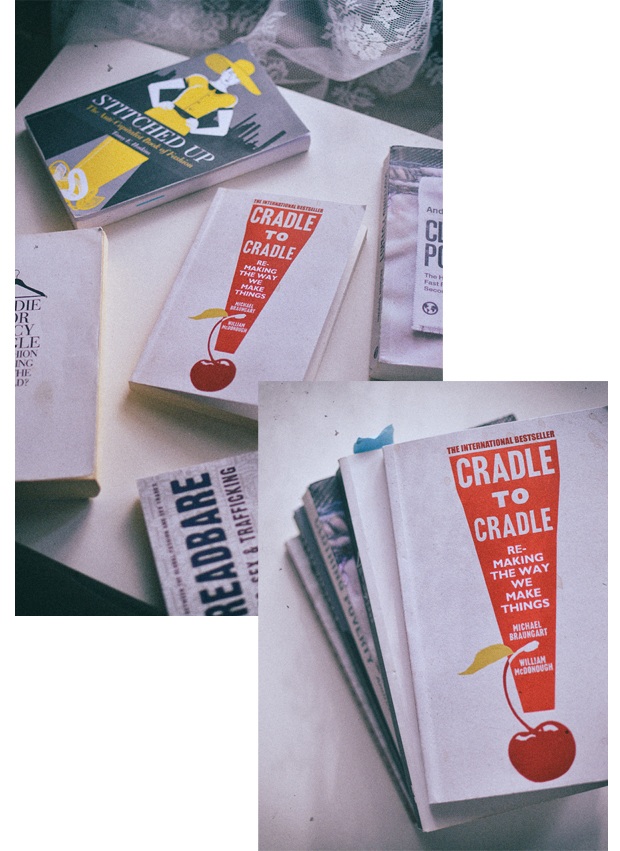
Although a lot of the ideas and commentaries may be a step too far in certain ways (at least for those of us who aren’t able to dedicate our lives solely to environmentalism, just yet), it definitely got me thinking more about how, we, as a human race, work for and against everything around us.
“It’s not the solution itself that is necessarily radical but the shift in perspective with which we begin, from the old view of nature as something to be controlled to a stance of engagement.”
There are a lot of ways in which what we use every day can affect the environment without us even realising. For example, take the rubber sole of a pair of Dr Martens. Looking past the unsustainable production of the shoes themselves, they’re a great looking, sturdy pair of boots for walking across all types of terrain in sun and in the snow.
However, have you ever stopped to think about what that rubber is doing when it gradually wears down and breaks away from the sole? Have you ever stopped to think about the effect particles of rubber have when they end up between grass and soil? I hadn’t either until the book raised a similar thought.
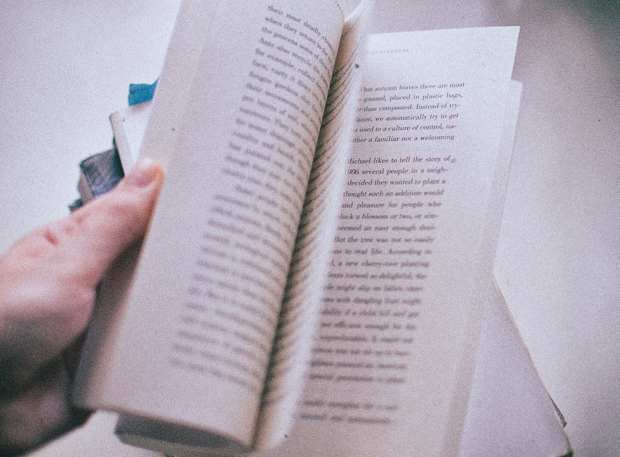
Producing products which continue to live rather than head straight to the grave, means understanding every consequence and result of its production and existence on the earth. It seems like heavy stuff but the ideas that this way of thinking opens us up to are actually fairly simple-sounding.
Why is that we wear toxic chemicals on the bottoms of our shoes instead of wearing materials that actually benefit the ground we walk on? Imagine sneakers that wear down and provide food for the earth.
Even when it comes to ‘conscious consumerism’ and attempting to be more sustainable citizens of the world, words like ‘better’ and ‘trying’ are thrown around without us realising what that says about us. Are we really saying that all we can do is better than what we’ve already been doing? Why can’t we be doing the best?
“Even today most cutting-edge environmental approaches are still based on the idea that human beings are inevitably destructive toward nature and must be curbed and contained.”
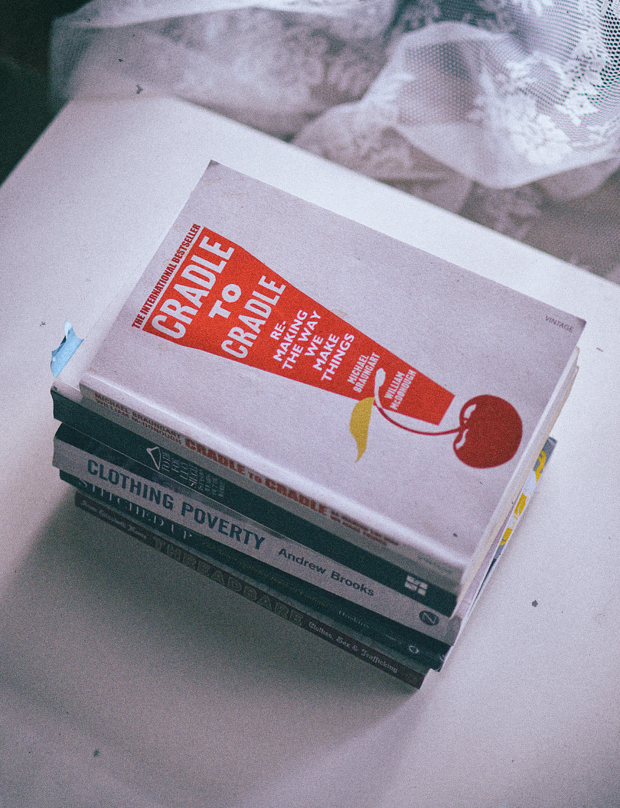
Although this book does examine and criticize a lot of what surrounds us and shows how a lot of the ways we try to be ‘better’ might not be better after all – take clothing made out of recycled plastic bottles for instance; it might seem like a safer option but the fibers from plastic bottles were never designed to lie against our delicate skin (Page 58) -, it brings a sense of hope along with it, which is why it ended up being a rather enjoyable, motivational read.
Within the book, there are examples of projects that both Cradle to Cradle founders, Michael Braungart and William McDonough, participated in over the years, far before the real alarm bells of current times started ringing.
So, it is possible that this mindset of closing the loop on industries and making sure what is put out, gets put back in, can work and work successfully. It just takes time and exactly that – changing the mindset; creating a necessary and radical shift.
A large reoccurring theme within the book is one surrounding collaboration and it’s a subject I hope to talk more about when I delve deeper into G-STAR RAW’s denim…
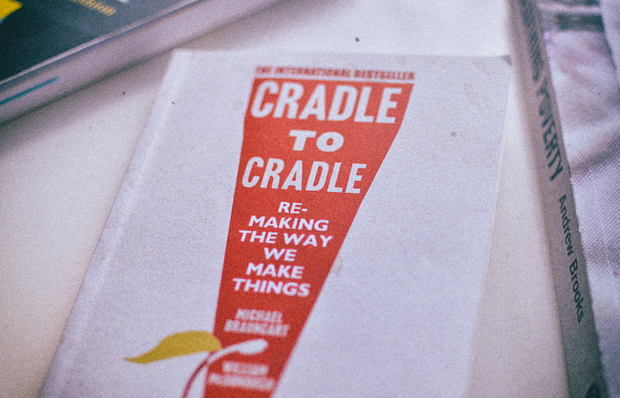
“Our questioners often believe that the interests of commerce and the environment are inherently in conflict and that environmentalists who work with big business have sold out. […] The conventional wisdom seems to be that you sit one side of the fence or the other.”
The fashion industry, in particular, is such a closed off, elitist industry, even down to who is allowed to sit where on the front row of each catwalk, so the idea of collaboration further than one which ties two brands together on a label, is almost an abstract one, even more so if one brand or voice is far more dedicated to environmental or ethical issues. But the truth is, we need strong, knowledgeable voices to lead the way for those of who hold the most power, even if they don’t align perfectly.
The book’s title might be “Re-Making the Way We Make Things” but I can assure you it also makes you Re-Think a lot too. It’s definitely another one to add to the ethical education bookshelf (which you can now find on Goodreads – thank me later).
Have you read this book? Do you have any other book recommendations? Let me know in the comments…
